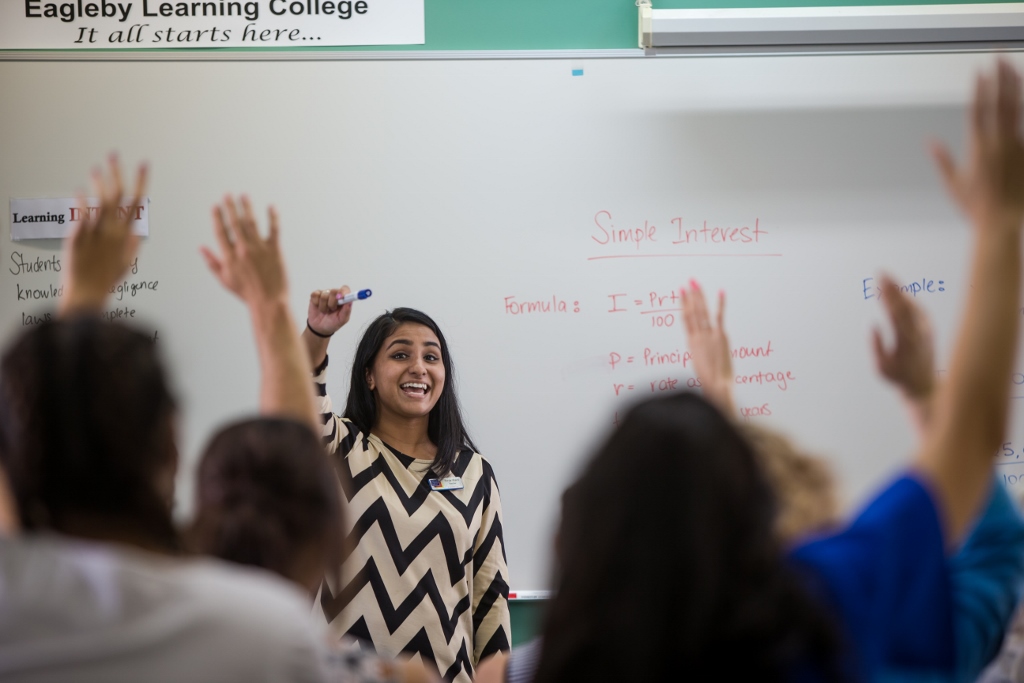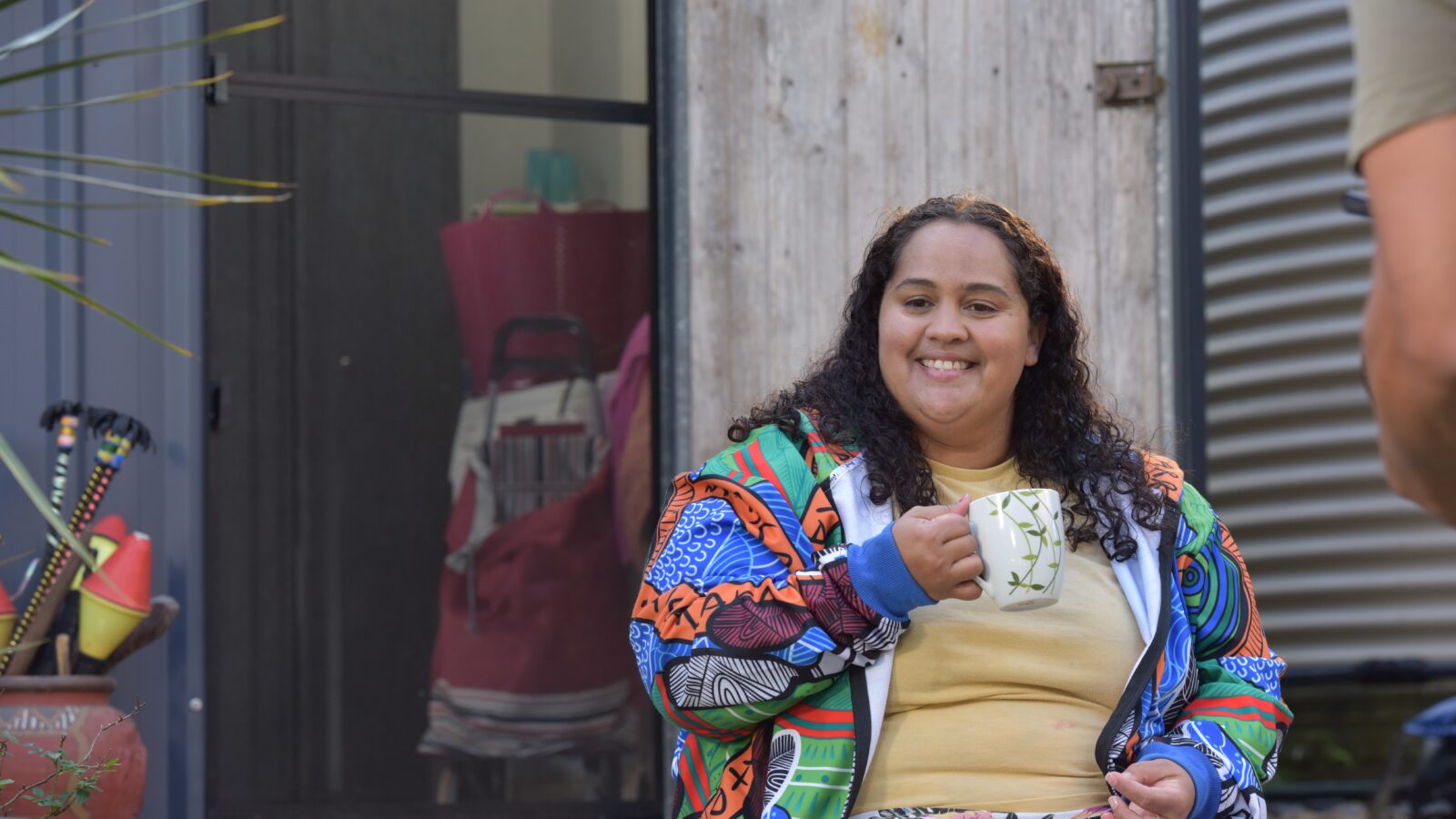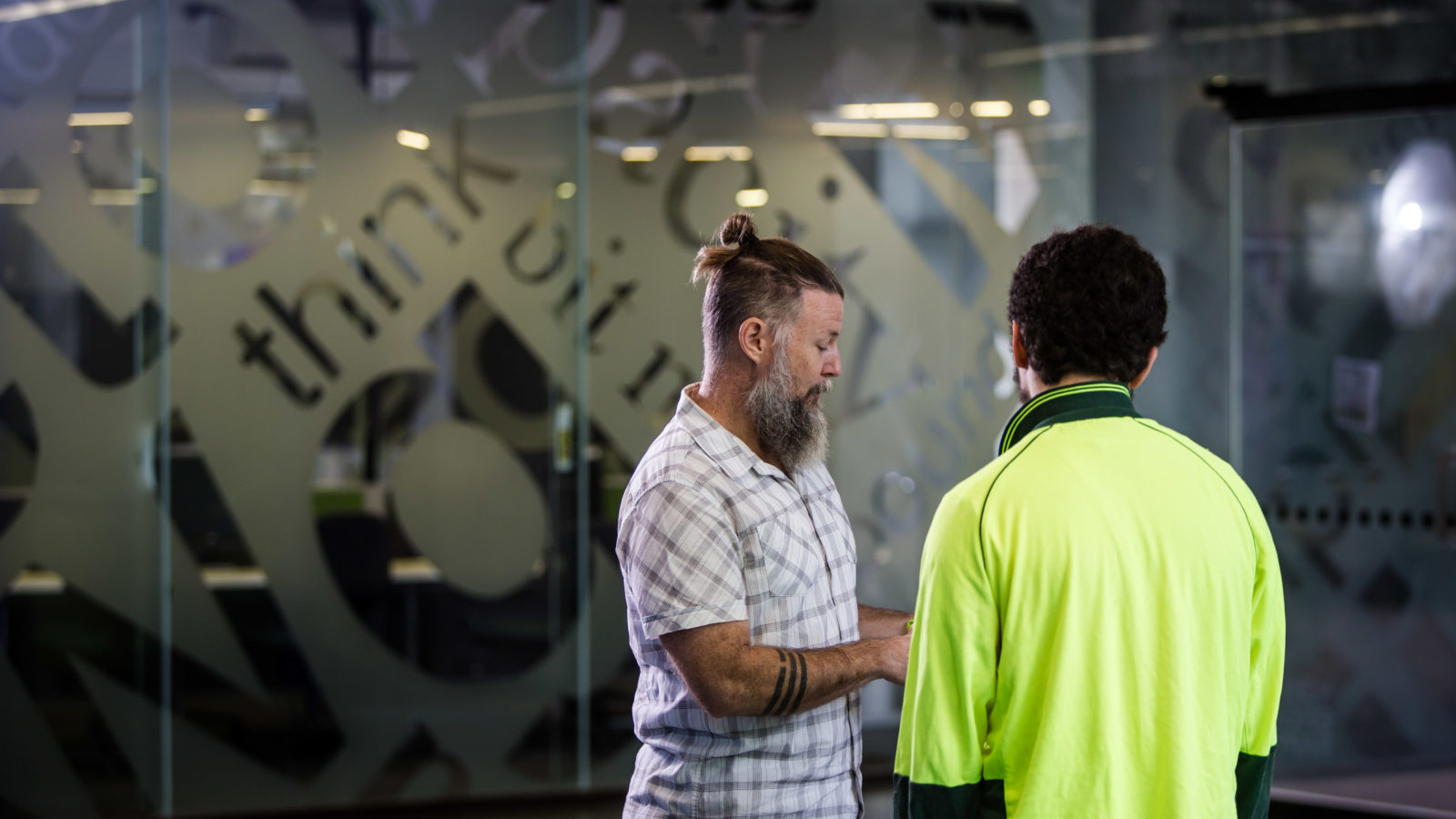Schools have their own language that can sometimes be difficult to understand. Below is a list of some of the terms you might hear used at your child’s school with an explanation of what they mean so you can more easily navigate your child’s school life.
School roles
Distance education
Schools of distance education provide educational programs for students from Prep to Year 12 who are unable to attend a traditional school setting due to geographic isolation, illness or other special circumstances. Schools of distance education also support families who choose home-based learning, adults who are completing their schooling, and students living overseas.
P&C
Parents and Citizens (P&C) Associations are made up of parents, carers and community members who work in partnership with their school principal and the community to help schools achieve the best possible results for their students. A school P&C meets regularly to provide feedback on school policies and activities and to help with fundraising, school functions, tuckshops, uniform shops and outside school hours care services. Learn more about Parents and Citizens Associations.
Principal
The school Principal has overall responsibility for the management of a school. They lead their school team to ensure students receive high-quality teaching and a range of learning opportunities so every student can reach their potential. They are also responsible for the financial management of their school and sets targets for their school and report on all aspects of a school’s performance.
Deputy Principal
A Deputy Principal supports the school Principal by assisting them in managing the school. Some schools have one or more deputy principals and some deputy principals are responsible for leading the educational outcomes of a particular subject area.
Guidance Officer (GO)
Guidance Officers are teachers with additional qualifications and training in the area of guidance and counselling. They work at different schools depending on the needs for such services. Please speak to your child’s teacher if you feel your child needs guidance officer support. Watch this Guidance Officer video to understand the important role they play.
Head of Curriculum (HOC)
A Head of Curriculum is part of a school’s leadership team. They support teachers in planning how the curriculum will be delivered at a school and manage the budget and other learning resources to support delivery of the curriculum. HOCs can lead the curriculum for different subject areas such as English or Mathematics.
Head of Department (HOD)
A Head of Department is part of a school’s leadership team. They lead the development of a specific subject area or the management of student wellbeing, and also manage the teaching staff and financial resources allocated to the area they lead.
Heads of Special Education Services (HOSES)
Heads of Special Education Services are responsible for special education units or education delivered to students with a disability. These services are not available at every school.
School Transition Officer (STO)
A School Transition Officer (STO) helps students prepare for transitions such as planning for life after school. The STO works with the student’s family, friends and others who support the student to assist them in realising their goals for their future.
Learning and teaching
Alternative settings
There are a small number of young people who do not thrive in a mainstream school setting. Sometimes, these young people can be referred to alternative settings so they can learn in ways that better suit their personal circumstances. Alternative settings are not the answer for all young people not thriving in mainstream school as each alternative setting is designed to cater for different issues.
In the state school sector, there are a small number of alternative learning services and Positive Learning Centres. There are also 44 non-state special assistance school sites. Not all state schools offer students an alternative setting in which to learn, but all state schools can make adjustments to their learning and teaching approach to suit the needs of different students.
ATAR
The ATAR is the rank calculated by the Universities Admissions Centre based on what a student has studied and what they have achieved. Universities generally offer places to students based on their ATAR. The ATAR system was introduced in Queensland in 2019 to replace the Overall Position (OP). Learn more about Queensland’s senior assessment and tertiary entrance system.
Curriculum
The curriculum outlines the subjects to be taught in Queensland schools from kindergarten to Year 12. The Australian Curriculum consists of eight learning areas: English, Mathematics, Science, Humanities and Social Sciences, Health and Physical Education, Technologies, The Arts, and Languages. All Queensland state schools must implement the Australian Curriculum for Prep to Year 10.
C2C
Curriculum into the Classroom (C2C) is a set of classroom materials written by teachers, to support the learning needs of all Queensland students including those in rural and remote areas, small schools, students enrolled in distance education and students with diverse learning needs and abilities. Learn more about Curriculum into the Classroom.
Humanities and social sciences (HASS)
Humanities and social sciences is a subject taught in Queensland schools and is one of eight learning areas included in the Australian Curriculum. This subject looks at human behaviour and interaction in social, cultural, environmental, economic and political contexts both from an historical perspective up to the current day.
Health and physical education (HPE)
Health and physical education is a subject taught in Queensland schools and is one of eight learning areas included in the Australian Curriculum. In this subject, students participate in a range of physical activities across a range of different sports and also learn about health and mental wellbeing.
Individual Curriculum Plan (ICP)
An Individual Curriculum Plan is developed for the small number of students who either are not yet meeting, or are exceeding, the achievement standard for their year level. An ICP allows these students to access either a higher- or lower-year level curriculum than other children in their year at school so they can continue to progress in their learning at a pace that fits their abilities.
Information and communication technologies (ICT)
Information and communication technologies education is a subject taught in Queensland schools and is one of eight learning areas included in the Australian Curriculum. Students learn about hardware, software and how information and communication technologies operate in our society.
Individual Learning Plan (ILP)
An Individual Learning Plan is developed by teachers, parents and school administrators for students with diverse learning needs or a disability. In these cases, the school will make reasonable adjustments to provide these students with access to teaching and learning. The plan documents a student’s goals, timelines and what resources will be needed to support the student in achieving their learning goals.
Industry Liaison Officer (ILO)
An Industry Liaison Officer’s (ILO) role is to support secondary school students who are interested in pursuing a vocational pathway such as a school-based apprenticeship or traineeship. ILOs also organise work experience placements for students and develop partnerships with industry and businesses to maximise vocational opportunities for students.
Literacy
Literacy is the ability to read, write and understand information.
NAPLAN
NAPLAN is an annual assessment for students in Years 3, 5, 7 and 9. It tests skills in reading, writing, spelling, grammar and punctuation, and numeracy.
Numeracy
Numeracy is the ability to work with numbers. It involves mathematical knowledge and understanding, problem-solving and literacy skills.
Senior Education and Training (SET) plans
In Year 10, students develop a Senior Education and Training plan. This plan helps students to structure their learning around their abilities, interests and ambitions, to set goals for Years 11 and 12, and to think about their career options after Year 12, and discuss them with their parents or carers and teachers or careers counsellors. Learn more about planning pathways.
TAFE
TAFE Queensland provides practical, job-focused training from entry-level certificates to bachelor degrees at more than 50 locations across Queensland.
VET
Vocational Education and Training (VET) courses are designed to deliver workplace-specific skills and knowledge covering a range of careers and industries including trade and office work, retail, hospitality and technology. Completion of a VET qualification while at school is an opportunity for students to gain a head start to a career pathway in VET after they finish school.
Behaviour and administration
OneSchool
OneSchool is the Queensland Department of Education’s software that schools use to collect and manage information about their students.
Reports
Schools provide parents and carers with a written report containing information about a student’s learning and behaviour. They are generally provided twice a year.
Responsible Behaviour Plan
A Responsible Behaviour Plan sets out a school’s expectations of its students in relation to their behaviour in all areas of the school life including in the classroom, online, and in the playground. A positive school environment where every student feels included, safe and supported increases the likelihood that students will enjoy school and succeed in their education. Every school needs to set clear and consistent boundaries for students and support them in meeting these expectations.
The plan also outlines how the school will support students who may be struggling to meet the plan’s behaviour expectations.
School fees
Parents of children at state (government) schools do not need to pay fees for their child to attend school. Parents of children at non-government schools do pay fees for their child to attend a non-government school. State schools ask for voluntary contributions to help them meet their costs and/or book and technology hire fees. If you cannot afford any fee requested by a state school, please discuss this with your child’s school.
Student Code of Conduct
The Student Code of Conduct sets out expectations about staff responsibilities to support students to understand and meet the behaviour expectations of their school. This document will be available on each school’s website and provided to newly enrolled students and their parents.
Last Updated: 24 January 2023





